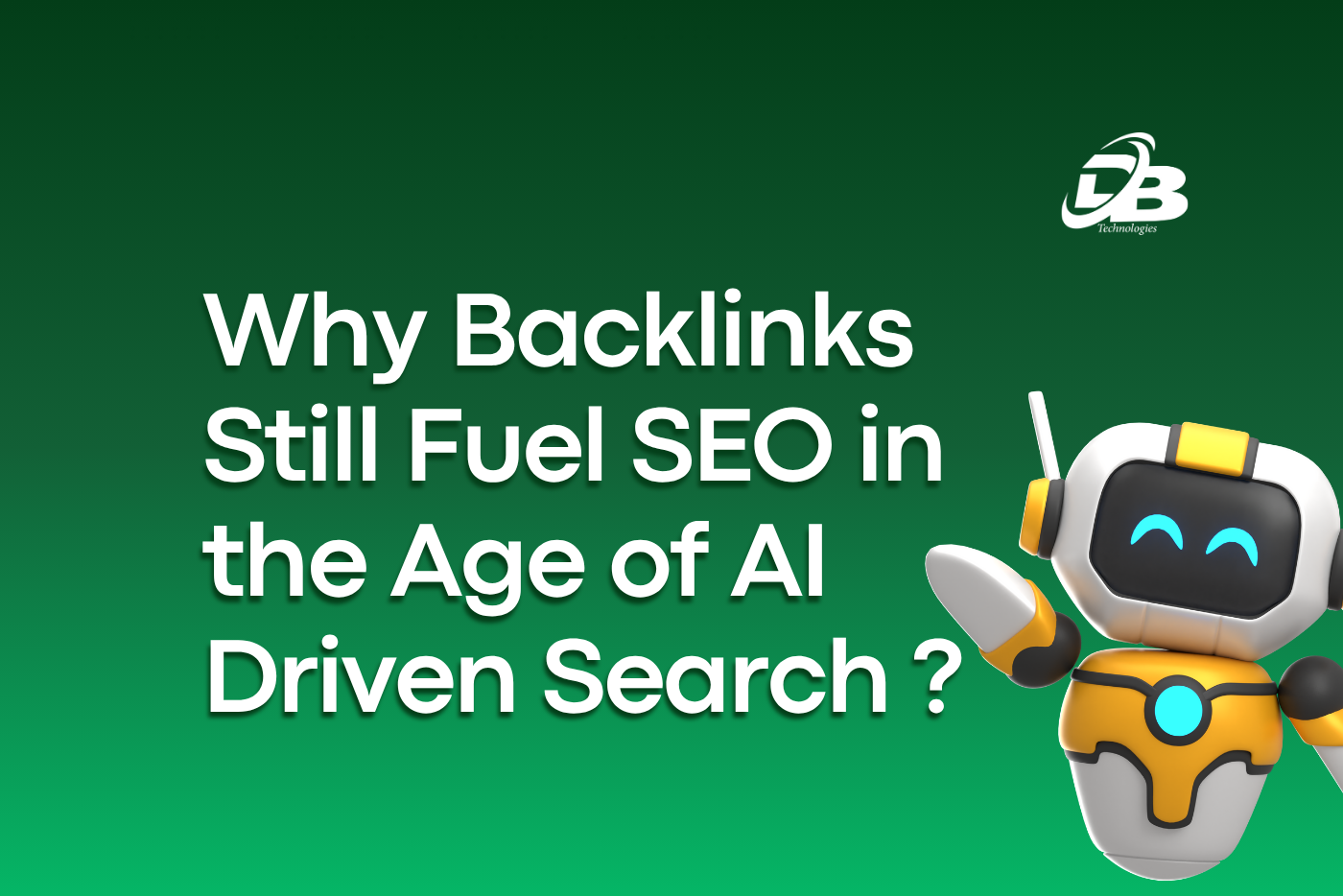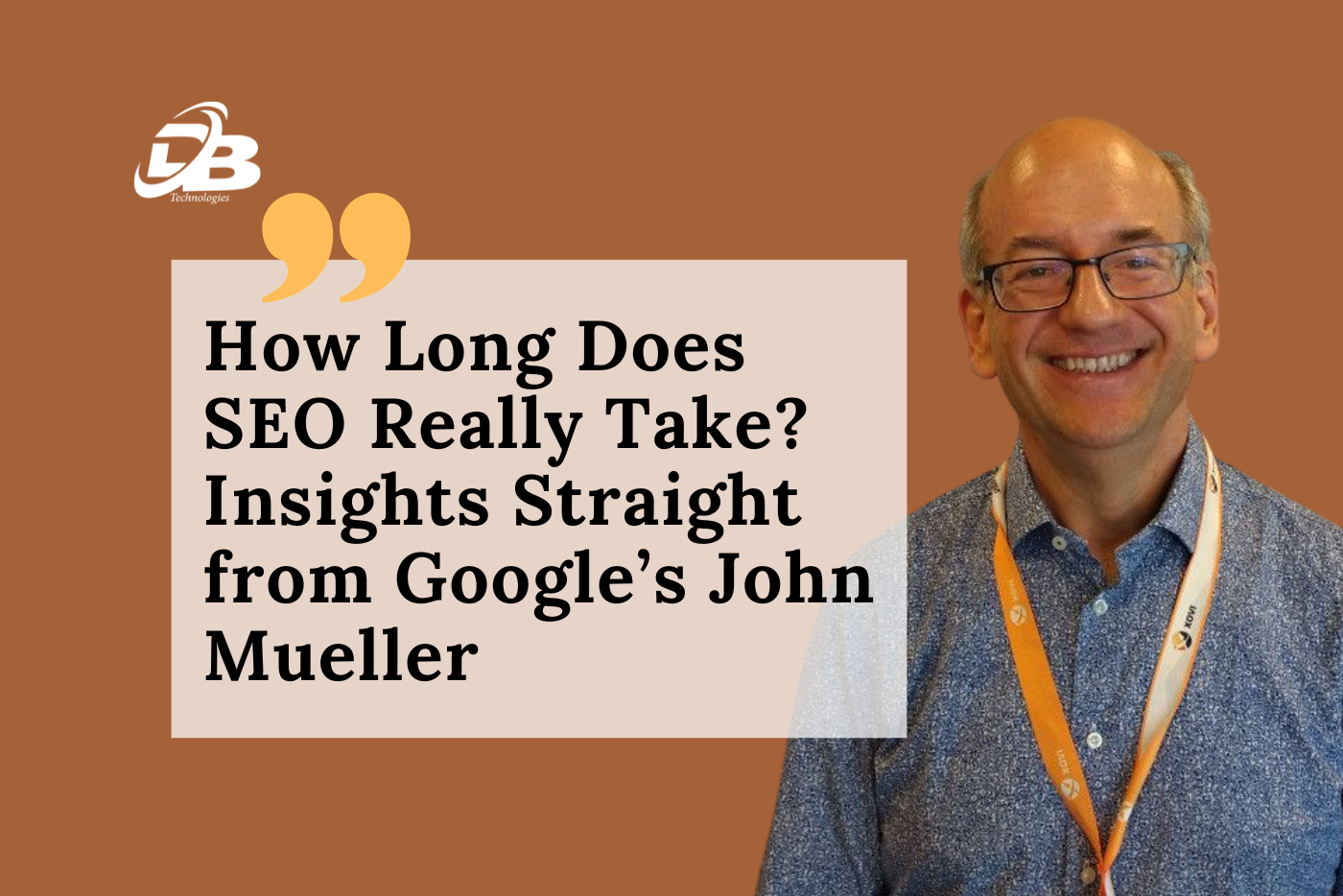
The digital landscape is undergoing its biggest shift since Google’s birth. AI powered search engines now handle over 60% of searches. Ever wonder why some articles pop to the top of your social media or search feed, while others fade into obscurity?
It’s not just what you write, it’s how you structure information for AI to be able to understand. If you are a blogger, a marketer, or a business owner , these small tweaks in your content for AI can be a game changer for getting visibility.
This guide walks through easy, actionable steps to format your info so AI and humans can both easily digest it.
How AI Search Actually Works
Here is the mechanics of AI search engines.ChatGPT, Gemini, and other AI powered search engines employ large language models (LLMs) to receive and issue inputs. Response generation is broken down into three primary stages, albeit details may differ across systems.
1) The first step is tokenization, where pieces of text are turned into smaller “chunks” such as words or even phrases. Breaking information down improves the chances of comprehending profound structures of the input’s text as well as aiding the machine itself.
2) Next comes attention analysis. This stage focuses more on relationships within concepts and their relevant terms, for instance synonyms or antonyms. It goes beyond detecting important phrases. More sometimes than others, context determines meaning, i.e., banking relates to finances while a river bank refers to stream edges.
3) Last but not least is synthesis, an answer creation step that involves collating diverse sources and assembling retrieved data coherently.
For starters, if your content is packed with relevant keywords but is found within complex long dense paragraphs without headlined sections, AI might skip over it entirely. Furthermore, LLMs face challenges leaping vast vague info propositions as well as overly complicated language devoid of clear direction towards pertinent pointers.
Example
Let’s say someone asks, “How do you housebreak a puppy?” The AI looks for content that’s easy to understand. It likes clear headings (such as “Step by Step Housebreaking Guide”), bullet points with useful details (like timing, rewards, or tips on crate training), and brief clear sentences. If your article is just a big chunk of text without any structure, the AI won’t pick it first, even if the advice is great.
The Death of Keyword Stuffing
SEO in the past was all about precise match keywords, stuffing your content with the same phrase repeatedly just to increase your ranking. But artificial search does not operate like that now. These days, it’s more about semantic relevance, which is the real meaning behind the words rather than just the words themselves.
For instance, if someone looks for puppy training, the artificial intelligence looks for that exact phrase repeated a dozen times. Rather, it hunts for related words such crate schedules, positive reinforcement, or accident cleanup. Content that covers the subject naturally, without forced keyword repetition, actually does better because these provide the artificial intelligence a greater sense of depth and usability.
Making Your Content AI Friendly: The Basics
You know how humans scan headings to quickly understand an article? AI does the same thing, maybe even more so. The H1, H2, and H3 tags serve as a map instructing the artificial intelligence what is important and how concepts relate; they are not only for aesthetics.
Think of your H1 to be the central subject matter you are discussing. Something like “How to Train a Stubborn Puppy” tells both readers and AI exactly what they’re getting into.
Then your H2s are like major landmarks along the way – the key sections that support your main topic. For puppy training, this would be things like “Crate Training Basics” or “Teaching Leash Manners.”
At last, H3s are the exact procedures or particulars that define the how to component. An H3 could be The 10 Minute Daily Practice Routine, which provides readers with clear instructions, like if you have a part on leash training.
The trick is to logically nest these starting with the main concept then supporting arguments then particular facts. Both people and artificial intelligence may quickly follow your material when you do it correctly. Just don’t go overboard with too many subheadings or everyone will be confused.
Break Content into Bite-Sized Pieces
AI struggles with walls of text. Optimal structure:
1) Paragraphs: 1–3 sentences max.
2) Sentences: Under 17 words.
3) Sections: One idea per block
Also, do give a read to our blog titled ‘How use generated content Boosts SEO, this well researched blog offers practical insights to enhance your content performance through UGC.
Lists, Tables, and FAQs:
Formatted content is 70% more likely to be cited in AI summaries because it’s easy to extract. Always use,
1) Bullets for features, tools, or tips.
2) Tables for comparisons (e.g., “Puppy Food Brands: Protein vs. Price”).
3) Q&A sections mirroring voice searches
Smarter Ways to Optimize for AI Search
Think Beyond Single Keywords – Use Related Terms Together
Forget just stuffing one keyword everywhere. Smart content now uses groups of related words that mean similar things. You can find these word groups using free tools like AnswerThePublic or even Gemini’s suggestions.
For example:
1) Main keyword: “AI search optimization”
2) Related terms to use: “LLM content structure”, “how to get noticed by AI tools”, “best ways to get cited by chatbots”
Real world example: CeraVe (that skincare brand everyone loves) completely owned the AI search results for “pregnancy-safe products”. How? They didn’t just write one generic article – they made content answering 12 specific questions pregnant women actually ask, like “Can I use salicylic acid when pregnant?”
Put the Good Stuff Up Front
Here’s a secret – AI tools tend to pay most attention to what’s at the very top of your page. So don’t bury your best points.
Do this instead:
1) Explain important terms right away (like “Tokenization is just a fancy word for how AI breaks down sentences”)
2) Give your key findings first (something like “Breaking text into short paragraphs makes it 40% easier to read”)
The Hidden Power of Schema Markup
This technical-sounding thing isn’t required, but it’s like giving AI a cheat sheet about your content. Two easy ways to use it:
1) For how-to guides: Use How-to schema
2) For product reviews: Use Product schema
It’s not magic, but it helps AI understand your content better – which means better chances of getting featured.
Common Pitfalls to Avoid (And How to Fix Them)
Don’t Drown Your Content in Noise
You know those irritating pop ups, too many call to action buttons, and random tangents that turn away readers? It turns out that artificial intelligence dislikes them as well. Search tools see this stuff as “digital noise” that makes your content less likely to get picked up.
Quick fixes:
1) Get rid of unnecessary widgets (do you really need that fifth newsletter signup box?)
2) Use simple CSS tricks to hide distracting elements from the AI’s view
The Expiration Date Problem
Here’s something interesting, AI acts kinda like people when it comes to content freshness. Recent stuff just performs better. Like, way better. A study from last year showed pages updated within the last 6 months get three times more AI citations than older content.
What you can do:
1) Check your content every few months (set calendar reminders)
2) Breathe new life into old posts by adding current examples or stats
3) Don’t forget to actually change the published date when you update
Don’t Go Crazy with Structured Data Tags
It’s tempting to mark every little thing in your structured data as searchable, filterable, and whatever-able. But here’s the thing, this actually slows everything down and makes your content harder to process.
Smart tagging looks like:
1) Searchable: Only for your main content sections
2) Filterable: Best for numbers, dates, and clear categories
3) Skip the unnecessary tags – if you wouldn’t search for it that way, don’t tag it that way
The key is keeping things clean and useful, not checking every possible box just because you can.
Real Examples That Actually Worked
A) How a Travel Company Fixed AI’s Wrong Assumption
So get this – ChatGPT was telling people this big travel brand didn’t even offer cruises. Crazy, right? Especially since they had like 22,000 pages about cruises.
Here’s how they fixed it:
1) Started using super clear headers like “Global Cruise Booking” as H1 tags
2) Added handy comparison tables between different cruise options
3) Made sure to explain cruise terms (like what exactly an “oceanview suite” includes) in their FAQ section
And guess what? In just one month, they started showing up in 83% of AI-generated cruise answers. Not bad for a few simple changes.
B) SaaS Company That Cracked the AI Code
There was this software company whose super helpful tool comparison guide kept getting ignored by ChatGPT. Super frustrating when you know your content is good but the AI just skips over it.
Their winning strategy:
1) Put the most important info right up front: “Tool X is perfect for startups, Tool Y works best for big companies”
2) Switched to easy-to-scan bullet points for features
Added special coding (schema markup) to highlight their “Top 10 Tools” list
3) The result? Their traffic from AI searches nearly tripled – we’re talking 180% more visitors just from making these tweaks.
Do check out our blog, The SaaS Founder’s Guide to Effective Link Building.
Wrapping up
Structuring for AI doesn’t mean writing for robots. It means clarity, depth, and empathy—answering real questions in ways both algorithms and humans value. As AI agent Rory Piecuch notes, “AI can summarize the internet, but it can’t replace your original insight. Pair data with stories, and you’ll win.”
If you’re ready to turn your audience into your biggest marketing asset, our team can help guide the way.












